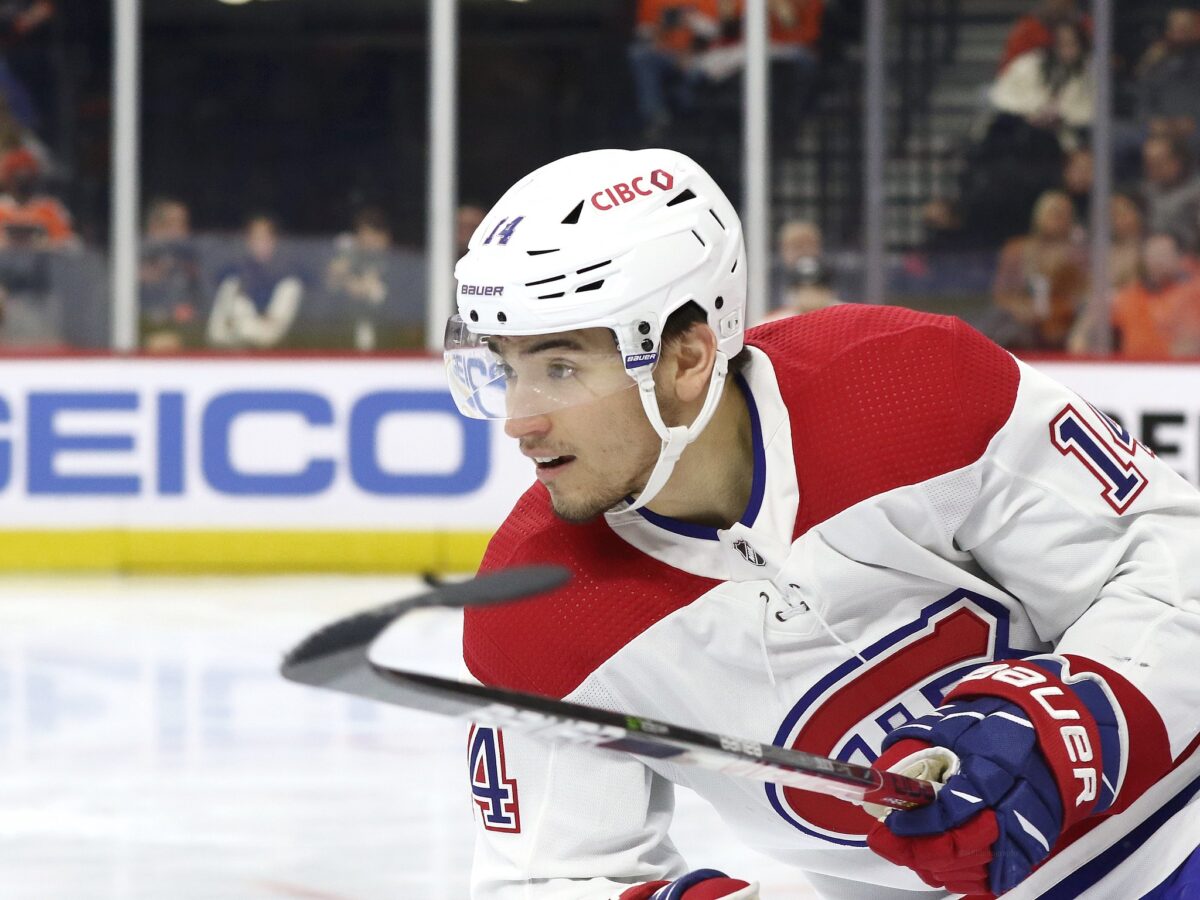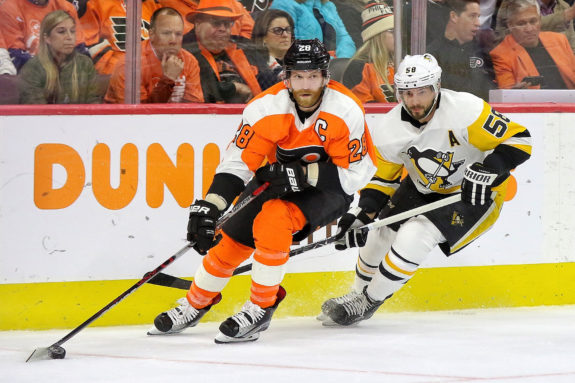As this historically bad 2021-22 season enters the final stretch, all eyes will turn to the offseason and what work Montreal Canadiens general manager Kent Hughes has awaiting him. One of the biggest issues he has to face is managing the maxed-out salary cap that his predecessor has left for him to manage. The salary cap was the top topic at the first in-person spring general managers’ meeting since the start of the COVID-19 pandemic. Specifically, the use of long term injury reserve (LTIR)
“I believe, overwhelmingly, the view of the general managers is that this hasn’t been a problem for the last 17 years. This is something that would be nice to adjust to change the perception, but I don’t think it’s viewed that it’s been a problem because it hasn’t.”
–Gary Bettman
This is an issue the Canadiens will need to address, including captain Shea Weber‘s contract which is on LTIR and could cause problems for the Habs’ offseason plans.
Cap Problems Looming for Canadiens
Having a player on LTIR isn’t ideal. When a player is placed on the list, the team gets salary relief calculated on the basis of the club’s total salary paid, the player’s salary, and the applicable cap. The team will then be allowed to exceed the ceiling by the value of this relief. Having Weber’s $7.85 million per season on LTIR may not seem problematic during the season, but in the offseason, when teams can exceed the cap by 10%, and there is no LTIR relief, his contract could become an anchor.
Another issue, albeit a good one development-wise, is the performance bonuses that Nick Suzuki, Cole Caufield, and Alexander Romanov are set to earn this season. Even with the salary cap going up a full $1 million to $82.5 million, their bonuses could add up to as much as $1.475 million and cause a cap crunch this summer. Since performance bonuses are not paid until the end of the season, teams are never sure how much they will have to spend. Therefore, the NHL doesn’t hold it against them if they are over the cap for that reason, but if there is no remaining cap space at the end of the season, there is what is called a “bonus carryover”.

Montreal’s budget for the 2022-2023 season is already a problem, sitting at $79.8 million for 15 players. Teams are allowed an overage of 7.5% more than the cap for bonus payments, something the Canadiens don’t need to worry about this season. What it will do is reduce the Habs’ salary cap in 2022-23 by that amount, eating up the entire cap increase and costing almost $500 000 more against the cap.
Hughes Must Make Moves
With the 10% cap cushion available, Hughes would have between $8 million and $10 million in leeway during the offseason to fill out the remaining nine roster spots to reach the maximum of 23 players.
Related: Canadiens Shouldn’t Rely on Free Agency to Rebuild
The Canadiens have eleven unrestricted free agents (UFA) after the season and 10 restricted free agents (RFA), including Rem Pitlick, Alexander Romanov, Corey Schueneman, Kyle Clague, Josh Brook, and Samuel Montembeault. Hughes can fill out the roster affordably using the young players coming up and re-signing some of the UFA and RFAs in the system. But if he does that, it will leave fans who want to see Montreal go big game hunting on the free-agent market – for players like Patrice Bergeron and Kristopher Letang – disappointed.
To this end, moving Weber’s salary along with one or two big earners would greatly help the club moving forward. To make space, Jeff Petry, who is still on the trade block, and his three years remaining at $6.25 million, will likely be moved out. It may cost Hughes an asset such as a draft pick or unsigned prospect to sweeten the deal to avoid needing to retain or take back any salary, but there is no shortage in the system, with 14 picks at the 2022 Draft and 24 players on the Reserve List.

Choosing to trade Petry would leave a hole on the right side of the Habs’ blue line, which could be why Letang’s name has been mentioned, especially since Hughes was his long-time agent. If he can be added for a similar contract to Petry’s, it would be ideal cap-wise. On the ice, he could provide more power play (PP) capabilities, which is something the Habs and their 31st ranked PP desperately need.
Another major decision Hughes faces will be how his forward group will be constructed next season. Having a top-five pick in the 2022 Draft could mean that an NHL-ready forward is added to the roster, and that player could allow him to move out a more expensive contract to create more cap space. That could mean players like Mike Hoffman or oft-injured Jonathan Drouin become disposable. The key to trading any of those players, as it is with Petry, is to avoid retaining or taking on any salary in return, even if it means getting far less than market value in the deal.
There will be many difficult decisions to make before the 2022 NHL Entry Draft, hosted in Montreal. Hughes will need to remain as shrewd and steadfast in the offseason as he was leading up to the trade deadline. The choices the Canadiens make will directly impact their ability to spend during free agency and, in turn, impact how quickly they can become a more competitive team that could compete for a playoff berth or if they will remain in the hunt for a lottery pick next season.
